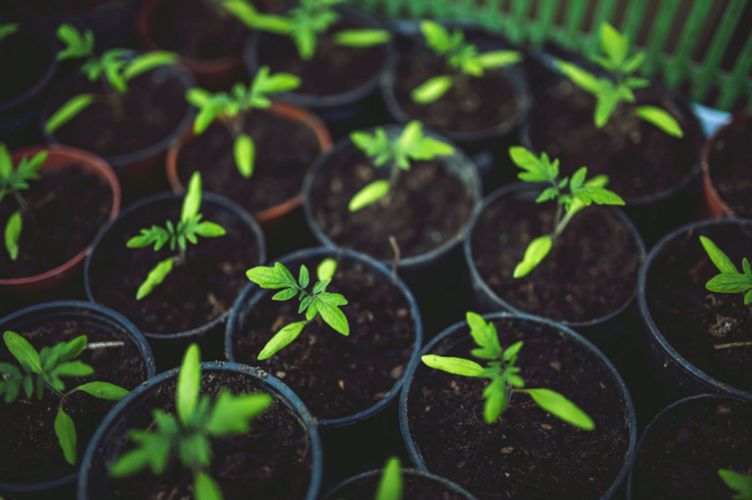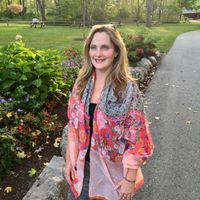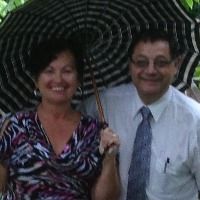Healing with Herbs
Body, mind and spirit finds balance in natural produces that is chemical free and organically grown. The herbs support internal balance in our body and provides strong immunity which prevents diseases and wards off exterior parasites. For a healthy lifestyle, it is first important to keep track of our everyday diet and activities. The food we consume need to be nutritional and organically grown; to support our environment' it helps to plant trees, donate or support environmental causes and do physical activities like running, exercises or yoga, nature walk and meditation helps to maintain a strong, balanced body and keep our prana or life force energy in its highest frequency or at the best health.
It’s a very interesting study that our digestive system senses and reacts to any imbalance very quickly. The digestive system or gastrointestinal (GI) tract is a continual tract extending from mouth to anus. The food we eat travels from mouth to series of organs that produce digestive enzymes which eventually transforms food intro nutrients and spreads throughout our body system. The outside layer of the GI tract or the innermost layer of our body comprises of epithelium. Epithelial cells functions to produce secretions and transmit nerve messages. Under the epithelium are complex networks of nerves that receive messages from the chemicals in our food and send this information directly to the brain.
The herbal action works in conjunction with the vagus nerve, secretions, digestive fluids and endocrine hormones in the stomach and other digestive organs – the liver, gallbladder, small intestine and large intestine.
Tonics are the eternal time tested medicine that strengthen, improve, function, nourish and tone usually aiming to specific organs of the body. Tonics may be one single herb or a combination of herbs. These herbs tend to know where to go and what to do. For example: red raspberry a uterine tonic was discovered to contain a compound called fragrine, an alkaloid that appears to strengthen uterine muscle. Raspberry leaf is also very high in nutrients, vitamins, calcium and other minerals that fortify and strengthen a woman’s body as she prepares for the birthing process and motherhood. Yet, raspberry also supports in skin as it is an astringent for the digestive tract, reproductive system tonic as well as aids in purifying our blood cells. So, a herb usually works in multiple ways to heal, strengthen, enhance and balance our body, mind and spirit.
Herbs usually adapts, heals, rejuvenates our cells and body parts working miraculously in healing. Our body also reciprocates to plant and flower medicines in healing like an understanding which makes it clear that our body responds to nature’s way of healing in a profound way. Both human and plants are interrelated and interdependent on each other. It’s like healing in a natural way is what our body wants.
Our relationship with plant and mother earth goes back as far as humanity existed. We knew how to heal ourselves with herbs from our backyard and forests. Plants give us oxygen for us to survive, medicine for us to heal our body parts. The first written record of plants being used for medicinal purposes was discovered a 5,000-year-old Sumerian slab of clay, which described a dozen medicinal recipes calling for the use of over 250 plants (Petrovska, 2012).
Ayurveda, Traditional Chinese medicine and Ancient European herbalism were practiced around that era dating back to 2000-6000 year olds. Conventional medicine took its forefront with easy pills and tablets to pain and illness but with numerous side effects that unfortunately follow.
The first that began to change in France after the French Revolution, where a series of new medical schools in Paris began relying on clinical data and statistics to determine what treatments were successful, rather than relying on the theory that had been in place (Doctorschar.com, 2010).
The Eclectic movement was started by Wooster Beach, a physician who learned of the medicinal properties of native North American plants while studying under a “country doctor”–one who had received no official medical training, but learned medicine from local Native Americans and experimentation. Beach later attended an official medical school, but rejected the practices he learned there as unsafe and ineffective. He went on to found his own medical school, teaching the plant-based remedies he used in his clinic, as well as his philosophy of using empirical evidence to decide on treatments. In addition to maintaining an active practice and founding the school, Beach put together a 188-page Materia Medica describing 116 botanical medicines that could be found in America (Doctorschar.com, 2010).













